|
The last of the winter tree planting is finally finished, cold, snowy and wet weather caused many delays but as they are native Irish or European trees, they should be fine. Populus tremula - Aspen Loosely toothed, almost circular leaves tremble in the slightest breeze, their whispering leaves create a distinctive rustling sound, arriving out of nowhere even on a calm day. The leaves emerge coppery brown in spring, mature to grey-green with lighter undersides in summer and provide a cascade of yellows and gold's as they fall in autumn. Before the leaves emerge in spring, the tree produces long catkins which is the reason I planted them as they are known to sustain up to 90 insect species. Although not terribly widespread they can still be found on hillsides, deep in valley bottoms and on the edges of wooded areas. They prefer growing conditions in moist soil and in full sun to semi-shade and will tolerate strong winds apart from salt laden sea breezes. Aspen are clonal plants and will create new trees by means of root suckers so not a tree for planting close to buildings. Betula pendula - Silver Birch Birch was one of the first trees to flourish in Ireland after the last Ice Age, and two species of the plant are native to the island – the Silver Birch and Downy Birch. I planted silver birch, an elegant, slender tree with drooping twigs, tolerant of poor soil conditions and can even act as a coloniser or nurse species to other plants while they are establishing themselves in a new area. White bark with dark ridges and cracks and sharp-toothed leaves with slender point that turn butter yellow in autumn, drooping catkins during the spring, remain and mature into seeds by autumn. Acer campestre - Field Maple Beautiful tree introduced to Ireland from the UK with light brown bark that develops a corky, fissured surface with age. Slender twigs open to small lobed leaves, green in summer and shades of yellow in autumn and drooping clusters of green flowers that later turn to winged seeds. Field maple is attractive to aphids and therefore their predators, including many species of ladybird, hoverfly and bird, the leaves are eaten by the caterpillars of several species of moth, including the sycamore moth and the flowers provide nectar and pollen for bees and birds and small mammals eat the fruits. 'campestre' means of the fields and this is where they do well but it can also be found growing in woods, scrubs and hedgerows. It is widely planted in gardens and parks due to its compact habit, tolerance of pollution and rich autumn colours. I look forward to watching them grow and making the garden even more wildlife friendly
1 Comment
|
WildEdges
A haven of quiet countryside highlighting issues affecting the natural world. Categories
All
|
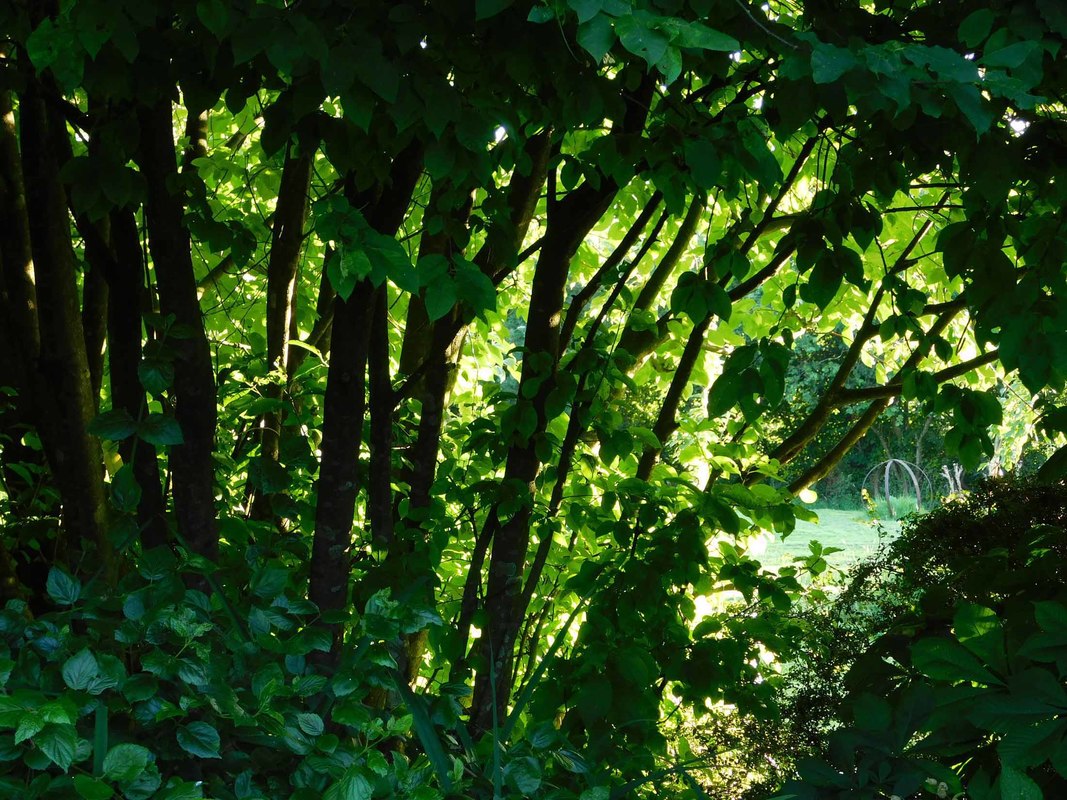
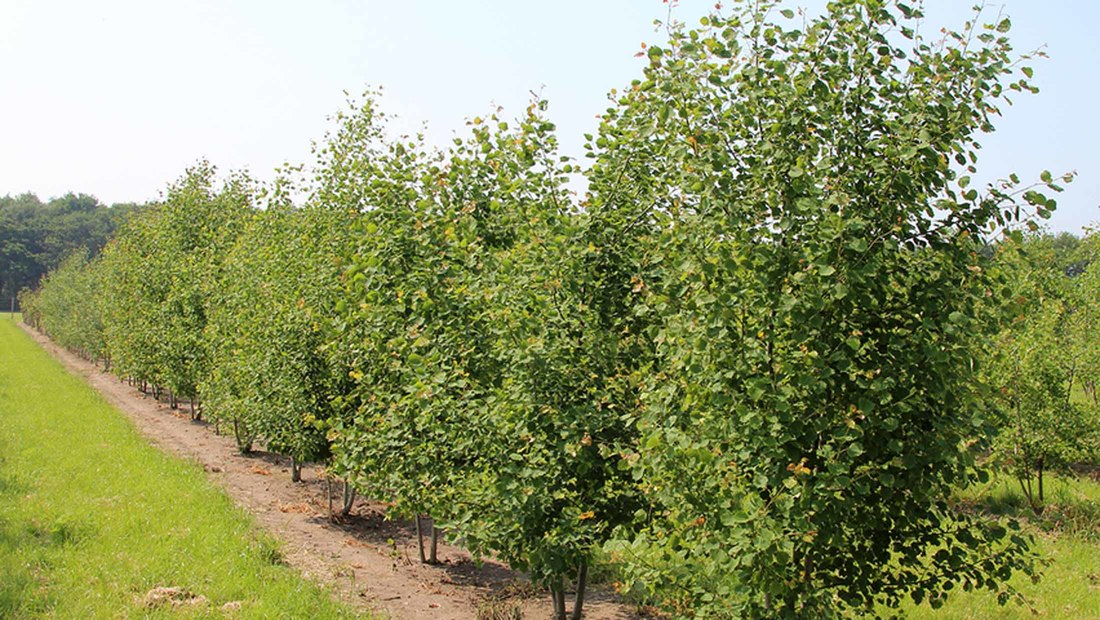
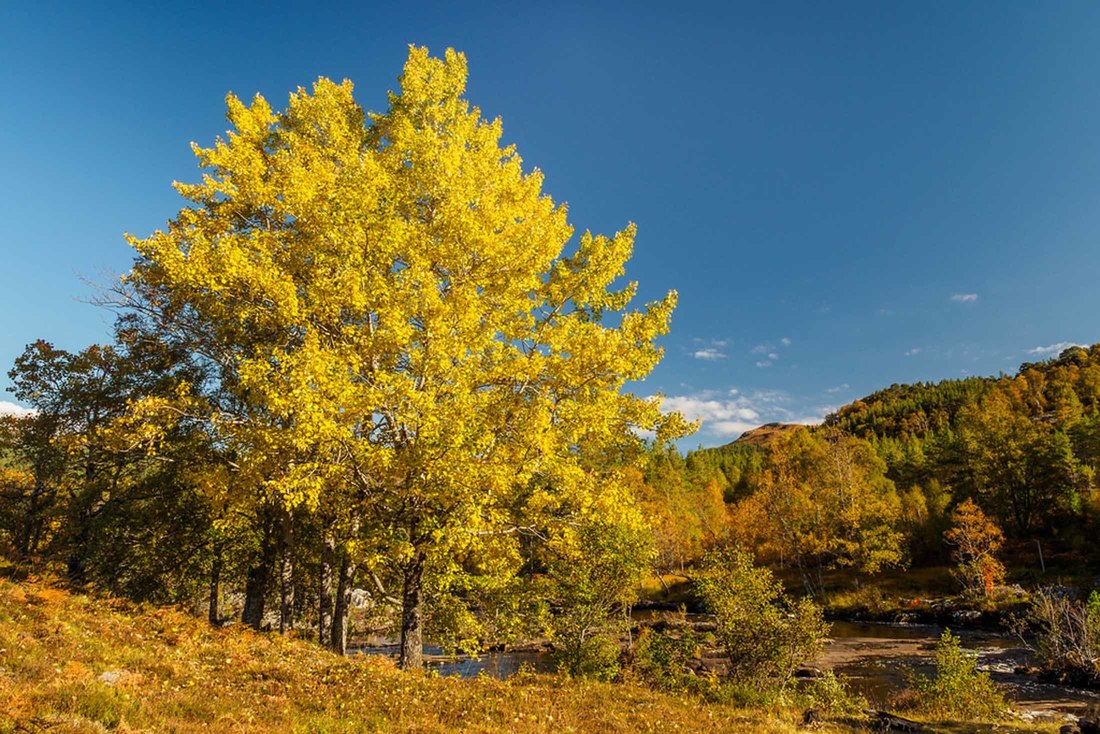
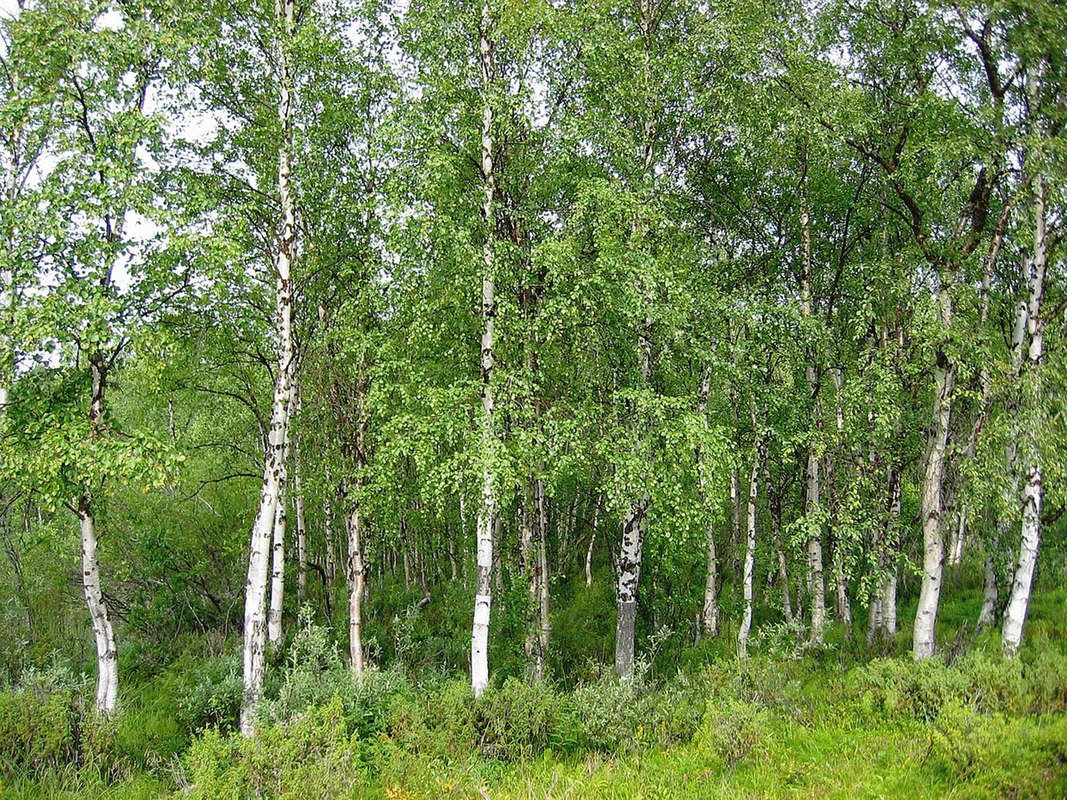
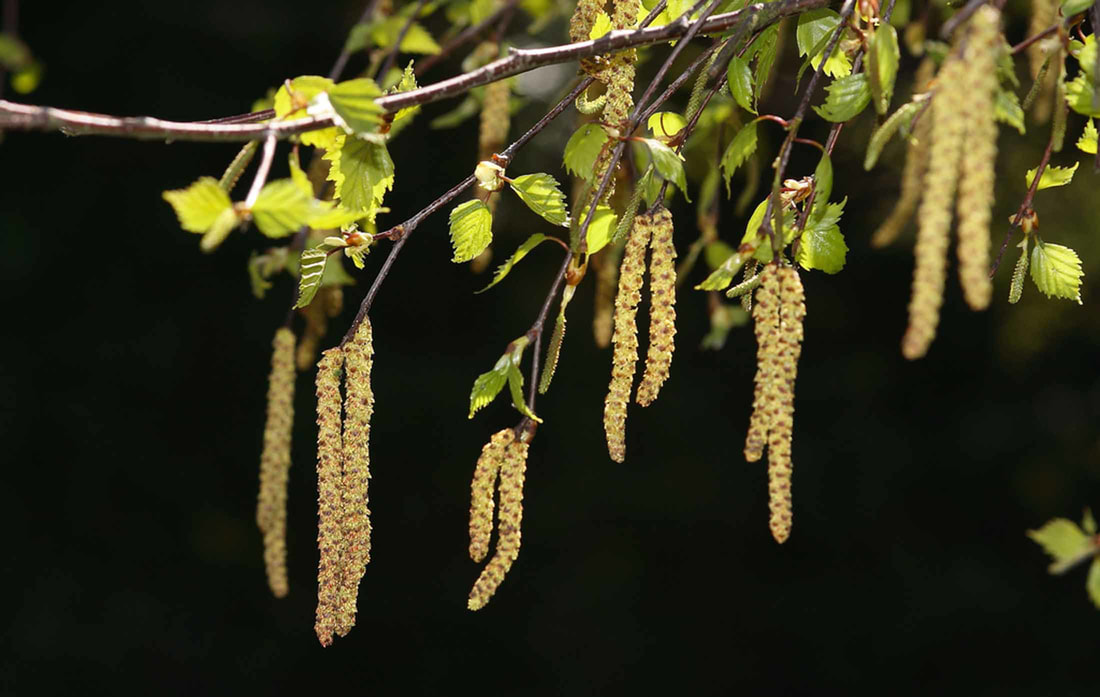
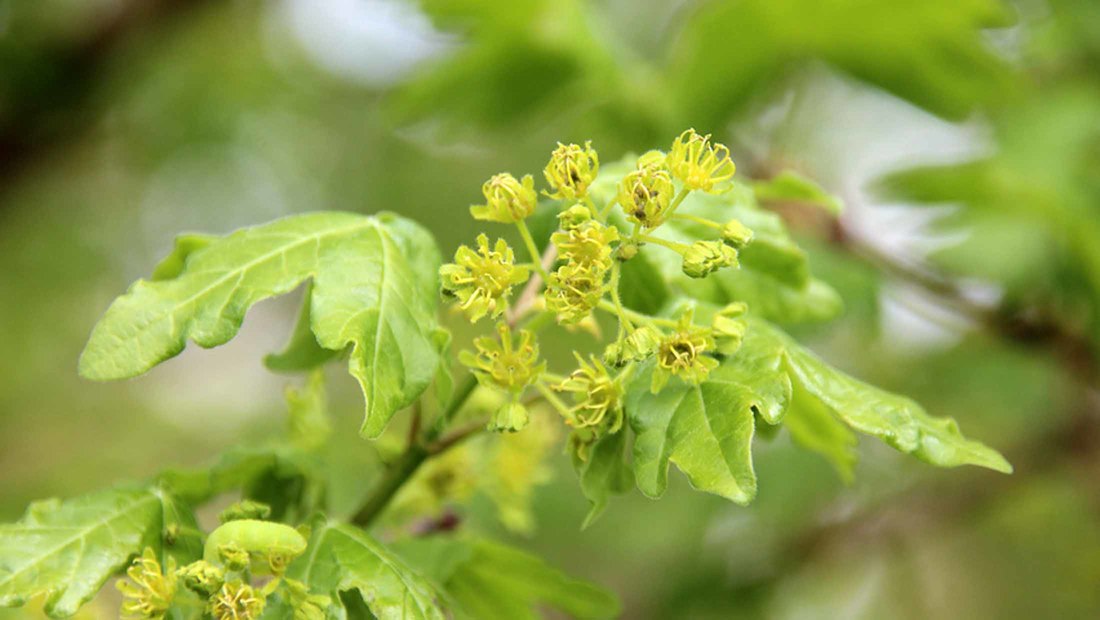
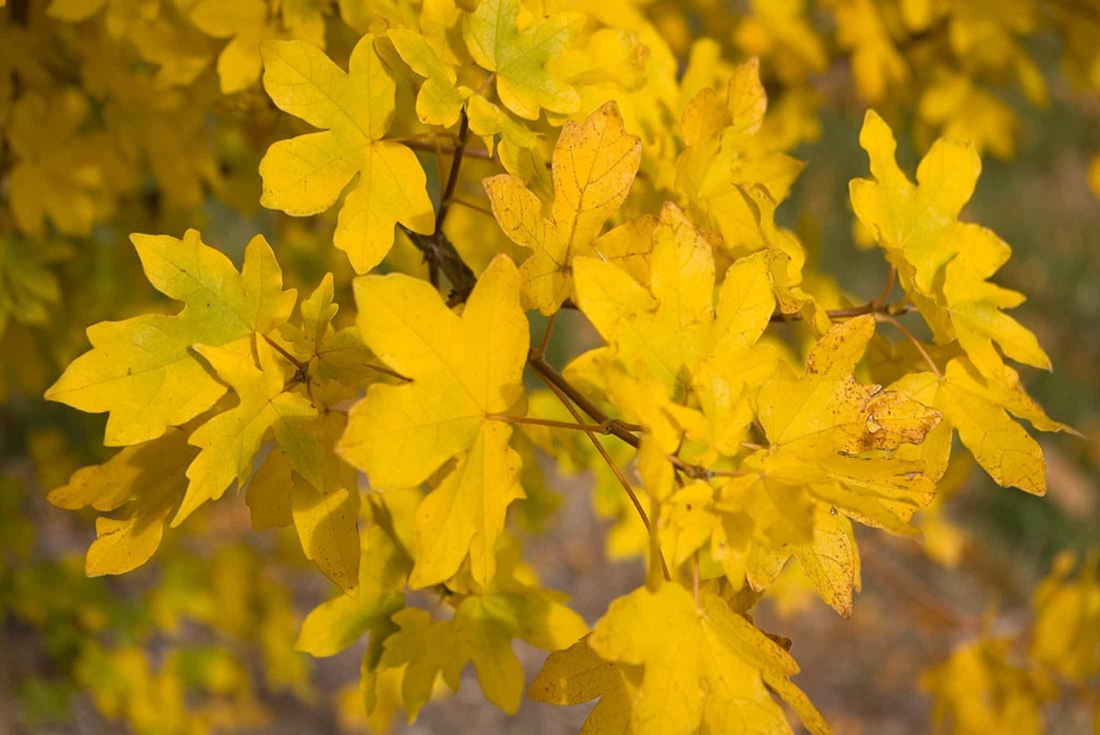
 RSS Feed
RSS Feed